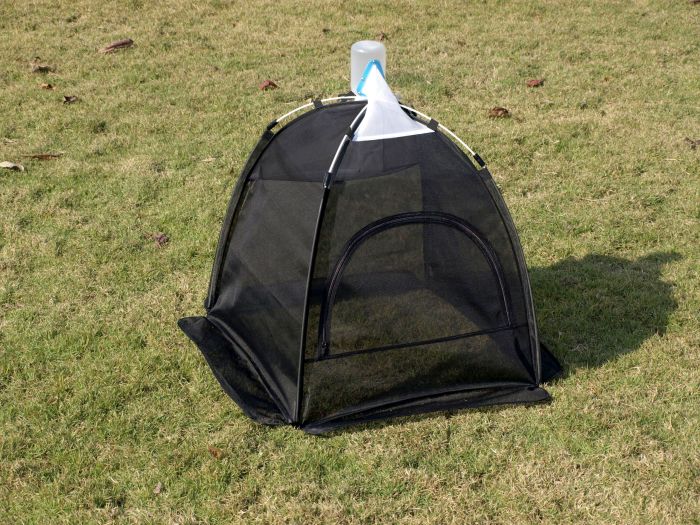
Today, I write to you from a happy place. With World Soil Day just past we thought we would pay homage to the world under our feet. So, without further ado, here are a few facts and useful links.
5 fun facts
- One teaspoon of soil contains more organisms than there are people in the world! One billion bacteria, meters of fungal hyphae, thousands of protozoa, and lots of nematodes.
- It takes a long time to make soil - it takes about 1,000 years for a centimetre of topsoil to form - soil erosion is understandably devastating.
- There is still a lot of unknowns about the soil - we have identified 1% of microorganisms! Some are rather hard to culture with current techniques.
- There are 10 billion tonnes of carbon in the soil.
- Organic matter is vital for soil structure, fertility, nutrient availability, and storage of water.
Emerging from the soil
The soil is home to a vast amount of insects, either during their entire life or for a portion of it. The abundance and activities of insects can relate to soil conditions. The soil and the insects within it both benefit one another. The soil provides insects with food (in the form of decaying matter, microorganisms, and microorganisms), and protection from the elements.
Orders of insects and related organisms that are present in the soil are:
- Protura - the coneheads - first-tail
- Diplura - two-pronged bristle tail
- Coleoptera - sheath-wings - e.g. weevils and beetles
- Hymenoptera - membrane-wings - e.g. sawflies, wasps, bees, and ants
- Diptera - two-wings - e.g. true flies
- Embioptera - lively-wings - e.g. webspinners or footspinners
- Orthoptera - straight-wings - e.g. grasshoppers, crickets, and earwigs
- Isoptera - equal-wings - e.g. termites
- Pseudoscorpionida - false-scorpion
- Araneae - spiders
- Opiliones - harvestmen
- Chilopoda - lip-foot - e.g. centipede
- Diplopoda - double-foot - e.g. millipedes
- Pauropoda - small-foot - e.g. millipede-like arthropods
- Isopoda - equal-foot - e.g. woodlice
Insects that spend time in the soil can be surveyed by using a soil emergence trap which has flaps around the base that can be covered with soil to keep the insects inside. They are lightweight, portable and easy to set up. One use for this surveying equipment is to estimate population densities and abundance of insects in a given area. A number of traps can be deployed to gain a representative sample. With frequent viewing of samples collected, one can monitor changes over time, whilst being confident of the origin of the adult insects. One may also study the differences in insects versus the resources that are available in the sample area. Indeed, it is also possible to study the impact of land-use changes and the application of various substances, such as irrigation water, on insect populations. When used in conjunction with aerial sampling methods, it is possible to study differences in assemblages.

Useful links:
- How to protect your soil at home
- Soilscape - a map of soils in the UK
- The soil food web
- Sardinas, H.S. and Kremen, C., 2014. Evaluating nesting microhabitat for ground-nesting bees using emergence traps. Basic and Applied Ecology, 15(2), pp.161-168.
- Tsunoda, T., Hyodo, F., Sugiura, D., Kaneko, N. and Suzuki, S.N., 2019. How can we quantitatively study insects whose larvae live beneath the forest floor? A case study at an experimental long‐term log‐removal site in Japan. Entomological Science, 22(3), pp.275-282.
- Sardiñas, H., Yee, C. and Kremen, C., 2016. Irrigation method does not affect wild bee pollinators of hybrid sunflower. California Agriculture, 71(1), pp.35-40.
- Pane, A.M. and Harmon‐Threatt, A.N., 2017. An assessment of the efficacy and peak catch rates of emergence tents for measuring bee nesting. Applications in plant sciences, 5(6), p.1700007.


